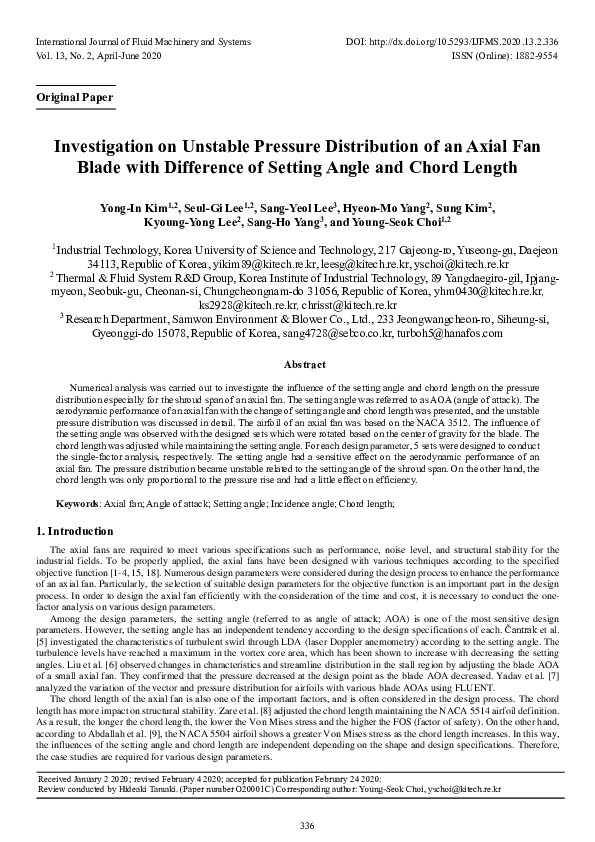

The number of nodes was increased to reach a cell number of 120000 to have a satisfactory mesh size and accurate results. numerically examined the behavior of lift and drag coefficients of NACA0012 at 0º to 50º angle of attack using a k - ω shear stress transport (SST) turbulence model. (2014) Ahmed T, Amin MT, Islam SMR, Ahmed S (2014) Computational study of flow around a NACA 0012 wing flapped at different flap angles with varying Mach numbers.

The aerodynamic performance of MUAVs is critically dependent on the lifting surface, i.e. The MUAVs fly at low velocity and small length scale that put them in low wing chord Reynolds number flight regime ranging from 1.5 × 10 4 to 5 × 10 5, which is below that of conventional aircrafts ( Chahl 2015 Chahl J (2015) Unmanned Aerial Systems (UAS) research opportunities. 2011 Kim D-H, Chang J-W, Chung J (2011) Low-Reynolds-Number effect on aerodynamic characteristics of a NACA 0012 airfoil. NACA0012 is a well-known airfoil that is utilized in academic researches as well as industrial applications such as Mini-Unmanned Aerial Vehicle (MUAV) ( Kim et al. Throughout the past century, researches and developments have been conducted on wings, which contributes to a constructive role in designing wind turbines, ship rudder, missiles and aviation industries. NACA0012 Finite wing Aerodynamic characteristics High angle of attack Low Reynold’s number Hence, the lift force generated by the wing is reduced and drag force is increased simultaneously, which results in poor performance of the wing. As the turbulence gets higher the flow starts to separate from the airfoil surface due to eddies generated by turbulence. The drag force acting on the airfoil increases as the angle of attack is increased and increment in the drag force results in change of laminar flow to turbulent flow. It is observed that further increment in angle of attack results in decrement of lift coefficient until it reaches its minimum value at 90º angle of attack. The lift coefficient is linearly increased with angle of attack until it reaches its maximum value at 32º which is the stall angle. Findings of the study show a similar trend for the lift and drag coefficients at all the investigated Reynold’s numbers. Further experiments are conducted at low Reynold’s numbers of 1 × 105, 2 × 105 and 3 × 105. The aerodynamic characteristics of a NACA0012 wing geometry at low Reynold’s numbers and angle of attack ranging from 0º to 90º are investigated using numerical simulations and the results are validated by wind tunnel experiments.


 0 kommentar(er)
0 kommentar(er)
